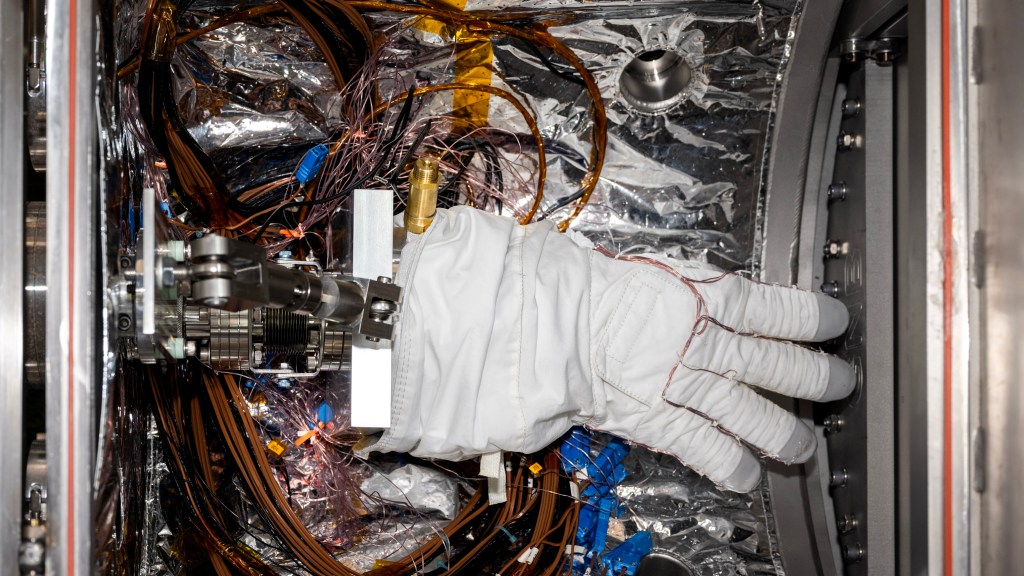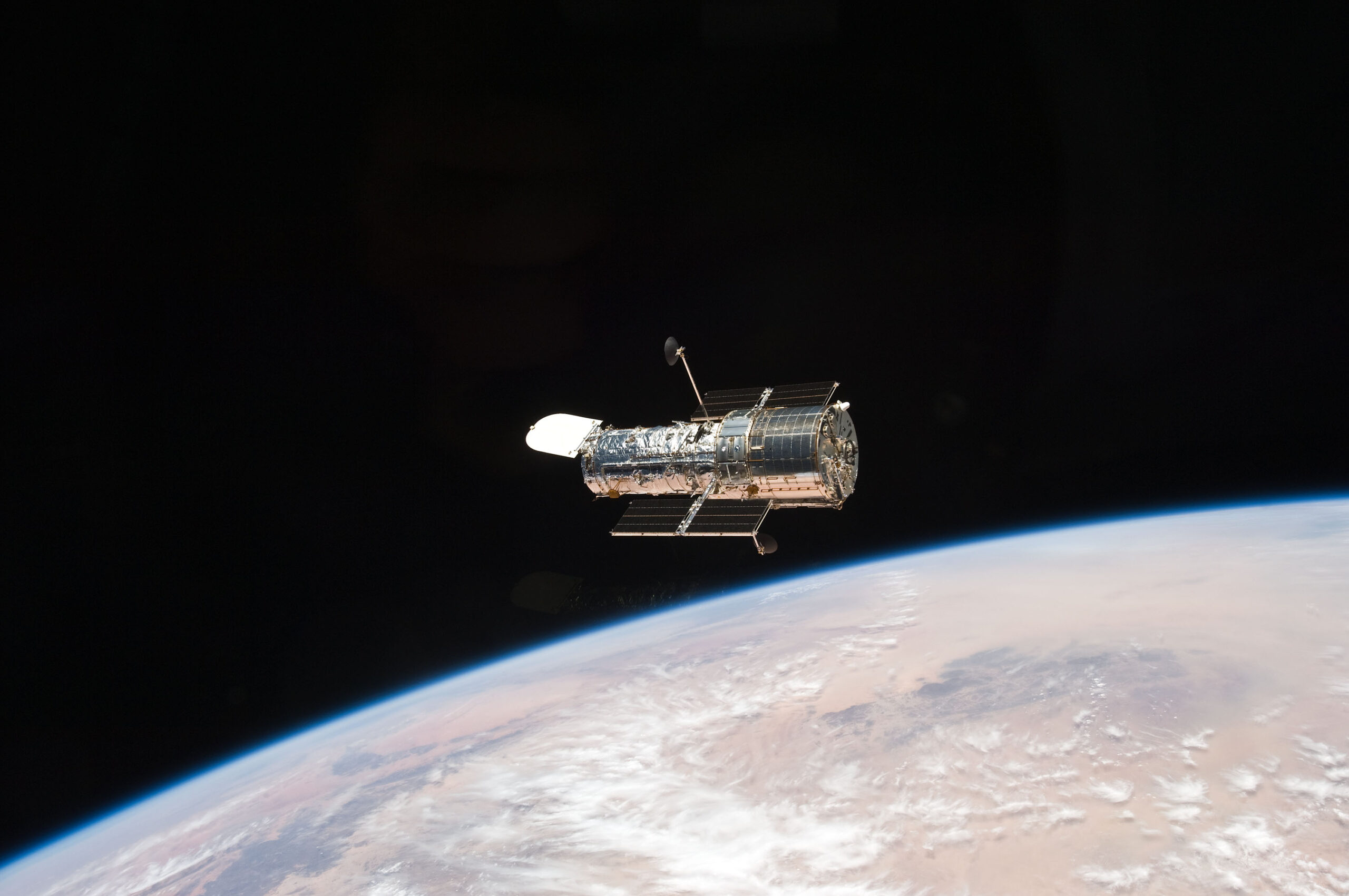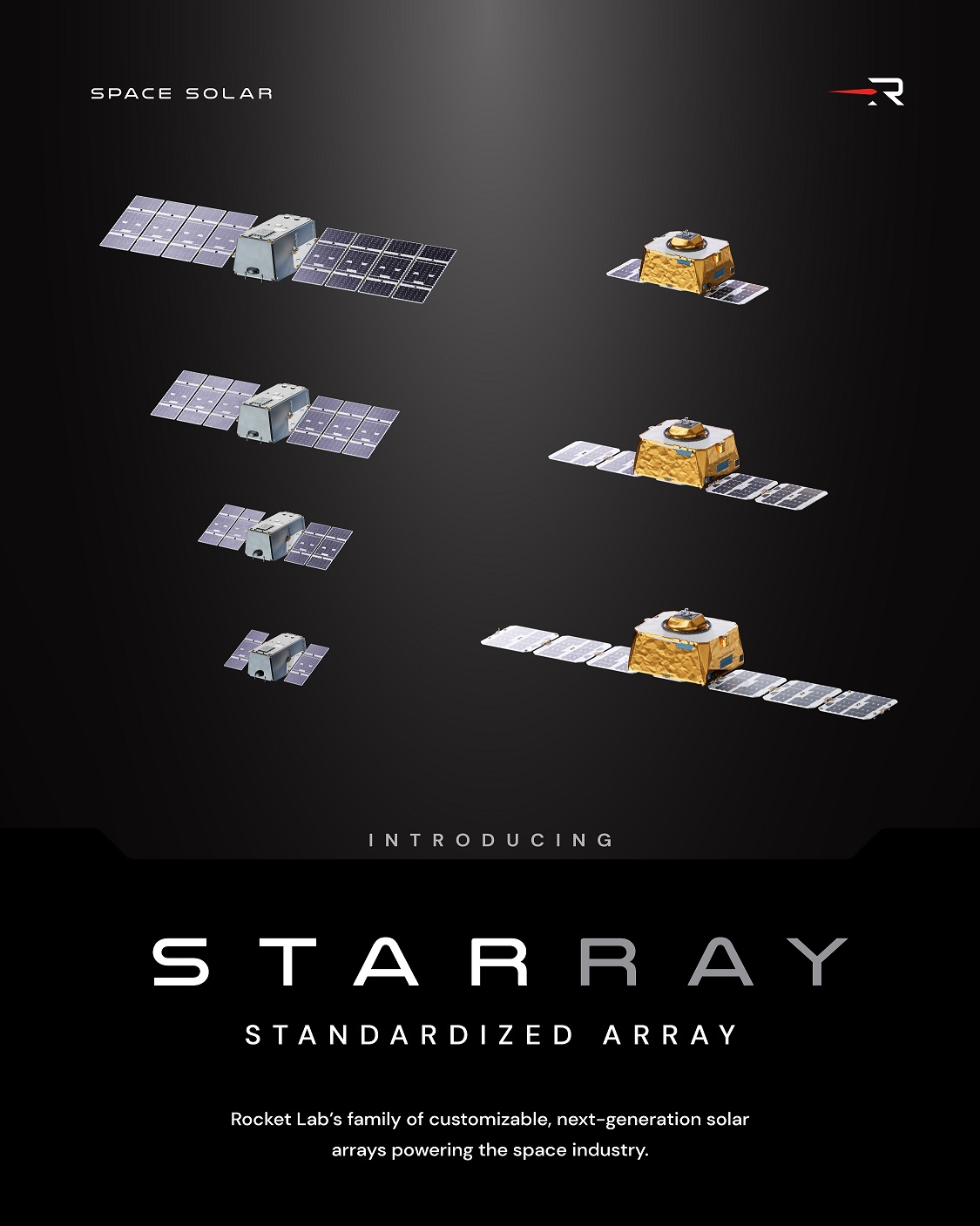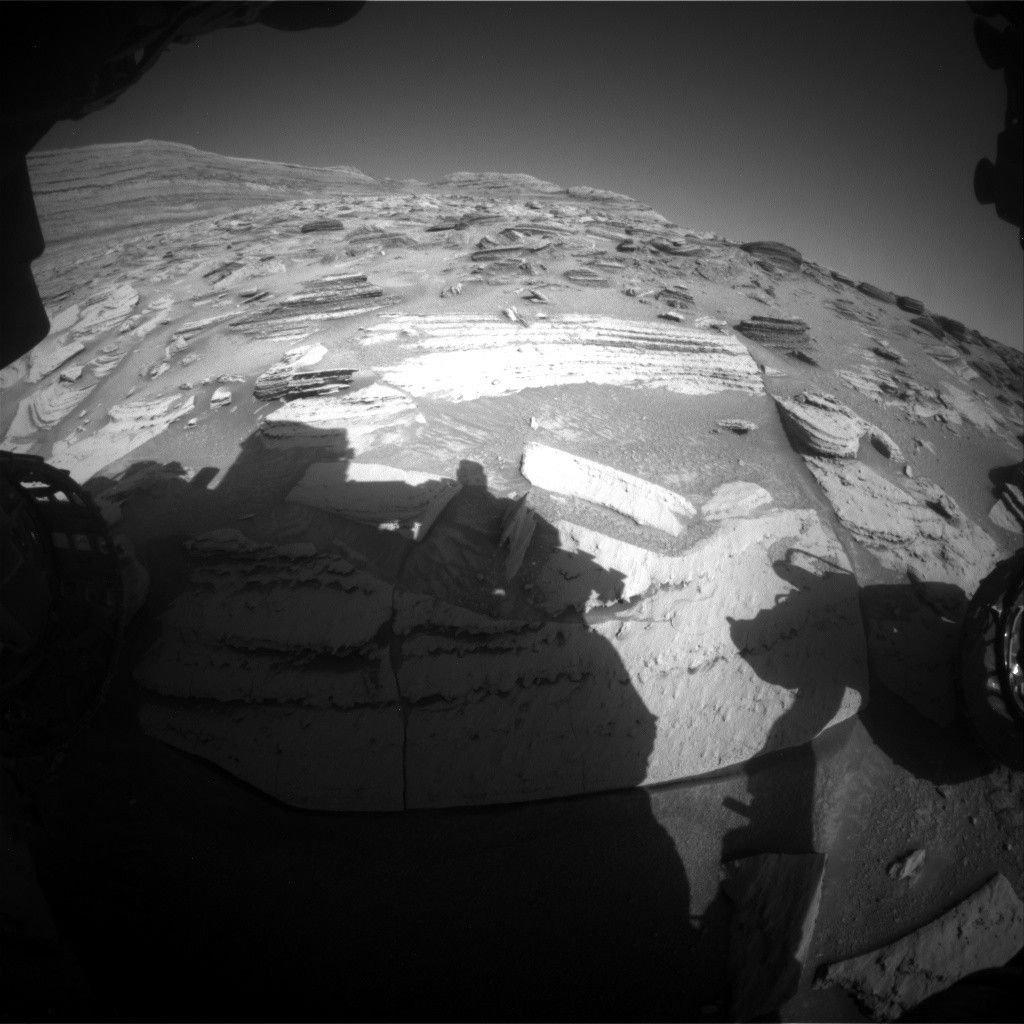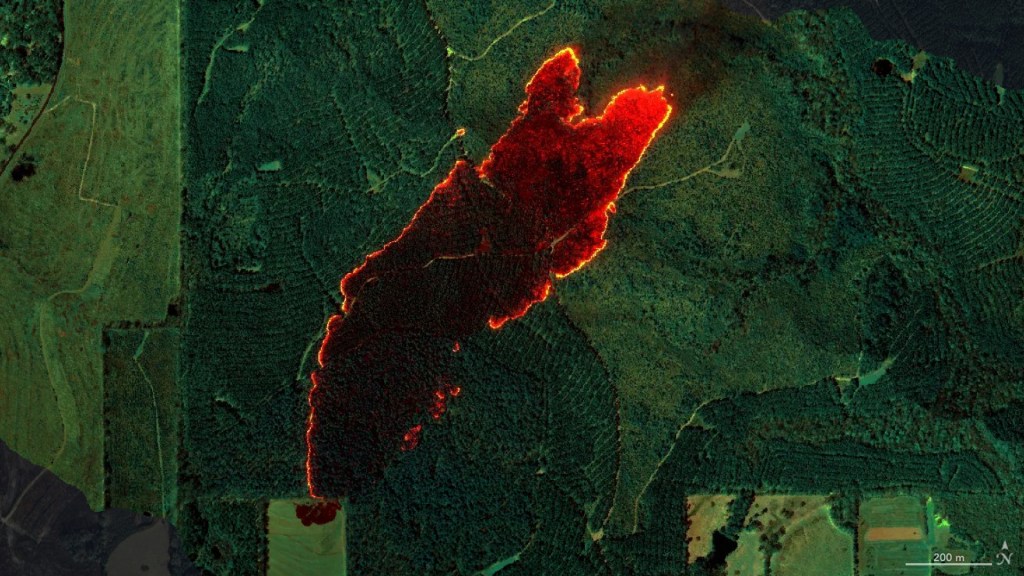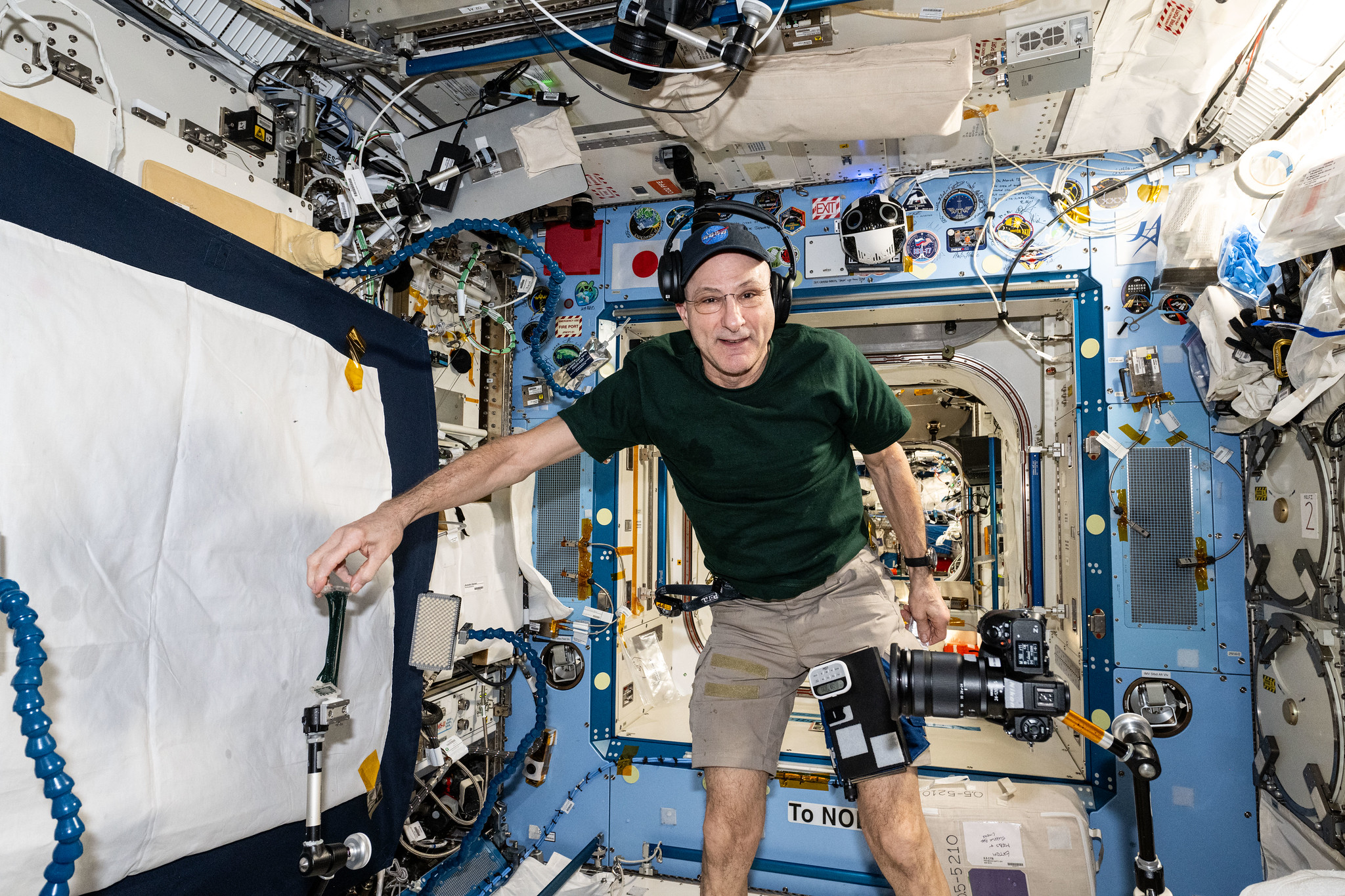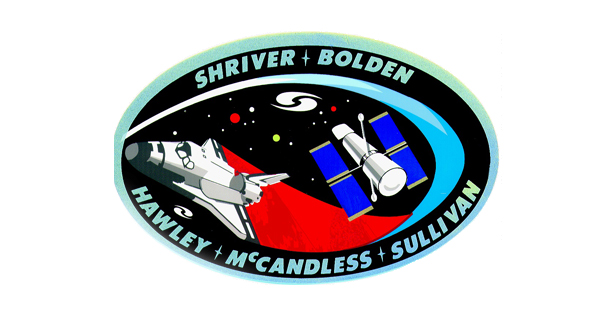6 min read Preparations for Next Moonwalk Simulations Underway (and Underwater) An astronaut glove designed for International Space Station spacewalks is prepped for testing in a chamber called CITADEL at NASA JPL. Conducted at temperatures as frigid as those Artemis III astronauts will see on the lunar South Pole, the testing supports next-generation spacesuit development. NASA/JPL-Caltech Engineers with NASA Johnson and the NASA Engineering and Safety Center ready an astronaut glove for insertion into the main CITADEL chamber at JPL. The team tested the glove in vacuum at minus 352…
Read MoreAuthor: NeRD
Happy 35th birthday, Hubble Telescope! 10 times the iconic observatory blew astronomers’ minds (photos)
For 35 years, the Hubble Space Telescope has served as humanity’s tireless eye in the sky, capturing breathtaking views of the cosmos and transforming our understanding of the universe. The school-bus-sized observatory launched on April 24, 1990 and overcame early setbacks to become one of the most scientifically productive instruments in history. From its vantage point 320 miles (515 kilometers) above Earth, the telescope has sent home more than 1.6 million observations contributing to over 21,000 scientific papers. The Hubble Telescope‘s legacy lies not just in its iconic visuals, but…
Read MoreAging gracefully: The Hubble Telescope is in ‘excellent technical condition’ on its 35th birthday, its chief scientist says
The Hubble Space Telescope is celebrating its 35th anniversary in space today, but even as a senior citizen in the spacecraft population, it is showing no sign of slowing down. “Hubble is more scientifically productive now than ever before, which is kind of mind-blowing,” Jennifer Wiseman, the Senior Project Scientist for Hubble at NASA’s Goddard Space Flight Center, told Space.com. Launched in 1990 by NASA and operated jointly with the European Space Agency, the Hubble Space Telescope was a dream brought to reality. All of a sudden, scientists could harness…
Read MoreRocket Lab introduces line of customizable solar arrays for satellites
Rocket Lab is showing that’s about more than just rockets. The California-based company has introduced a family of customizable solar arrays, designed to fit the changing needs of customer satellites. Rocket Lab is offering the new Standardized Array, or STARRAY, line as an alternative to save first- or one-time satellite manufacturers the time of designing and testing their own solar arrays from ground, up. The line was introduced earlier this month, at the 40th Space Symposium in Colorado Springs, Colorado. “Customers can choose from a range of pre-engineered solar array…
Read MoreNASA Astronaut to Answer Questions from Students in California
NASA astronaut and Expedition 73 Flight Engineer Jonny Kim. Credit: Gagarin Cosmonaut Training Center Students from Santa Monica, California, will connect with NASA astronaut Jonny Kim as he answers prerecorded science, technology, engineering, and mathematics-related questions aboard the International Space Station. Watch the 20-minute space-to-Earth call at 12:10 p.m. EDT on Tuesday, April 29, on the NASA STEM YouTube Channel. Media interested in covering the event must RSVP by 5 p.m., Friday, April 25, to Esmi Careaga at: ecareaga@smmusd.org or 805-651-3204 x71582. The event is hosted by Santa Monica High…
Read MoreSols 4518-4519: Thumbs up from Mars
Curiosity Navigation Curiosity Home Mission Overview Where is Curiosity? Mission Updates Science Overview Instruments Highlights Exploration Goals News and Features Multimedia Curiosity Raw Images Images Videos Audio Mosaics More Resources Mars Missions Mars Sample Return Mars Perseverance Rover Mars Curiosity Rover MAVEN Mars Reconnaissance Orbiter Mars Odyssey More Mars Missions Mars Home 5 min read Sols 4518-4519: Thumbs up from Mars This image was taken by Front Hazard Avoidance Camera (Front Hazcam) onboard NASA’s Mars rover Curiosity on Sol 4516. NASA/JPL-Caltech Written by Susanne Schwenzer, Planetary Geologist at The Open…
Read MoreNASA Airborne Sensor’s Wildfire Data Helps Firefighters Take Action
5 min read Preparations for Next Moonwalk Simulations Underway (and Underwater) NASA’s AVIRIS-3 airborne imaging spectrometer was used to map a wildfire near Cas-tleberry, Alabama, on March 19. Within minutes, the image was transmitted to firefighters on the ground, who used it to contain the blaze. NASA/JPL-Caltech, NASA Earth Observatory The map visualizes three wavelengths of infrared light, which are invisible to the human eye. Orange and red areas show cooler-burning areas, while yellow indicates the most intense flames. Burned areas show up as dark red or brown. NASA/JPL-Caltech, NASA…
Read MoreNASA Astronaut Don Pettit to Discuss Seven-Month Space Mission
NASA astronaut and Expedition 72 Flight Engineer Don Pettit sets up camera hardware to photograph research activities inside the International Space Station’s Kibo laboratory module on March 15, 2025. Credit: NASA Media are invited to a news conference at 2 p.m. EDT Monday, April 28, at NASA’s Johnson Space Center in Houston where astronaut Don Pettit will share details of his recent mission aboard the International Space Station. The news conference will stream live on NASA’s website. Learn how to stream NASA content through a variety of platforms. To participate…
Read MoreAstronomers discover dark matter ‘bridge’ linking colliding galaxies: ‘This is the missing piece we’ve been looking for.’
Astronomers have discovered a long-missing element of a galactic collision involving the Perseus galaxy cluster, located 240 million light-years from Earth. This element, a newly detected “subcluster,” is 1.4 million light-years to the west of NGC 1275, the central galaxy of the Perseus cluster. These two elements seem to be connected by a faint “bridge” of material. The structural backbone of this bridge is dark matter, the universe’s most mysterious “stuff.” Dark matter remains effectively invisible by not interacting with light, but its interaction with gravity has helped to shape…
Read MoreFixing the Hubble Space Telescope: A timeline of NASA’s shuttle servicing missions
The Hubble Space Telescope is a masterwork of engineering and human ingenuity. Hubble is comparable in size and weight to a large school bus, but its contributions to science and astronomy could fill libraries. Not only is Hubble one of Earth’s premium sources for absolutely incredible, out-of-this-world imagery, it is also a testament to human curiosity and determination. The telescope has been in operation for over 30 years, undergone a total of five servicing missions and delivered nearly 250 terabytes of data in contributions to our understanding of the universe.…
Read More